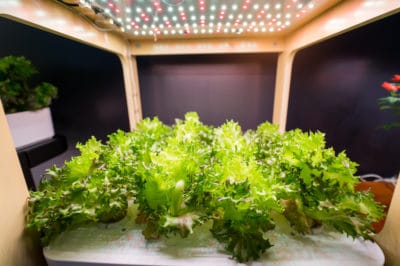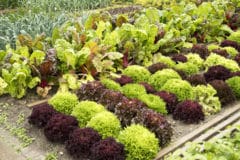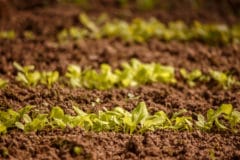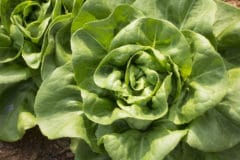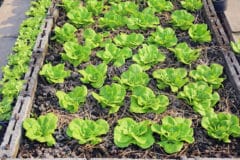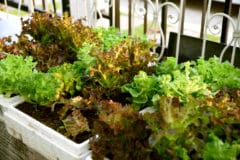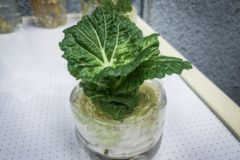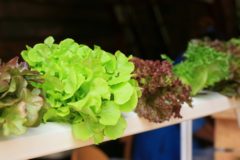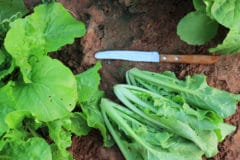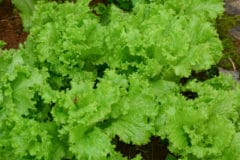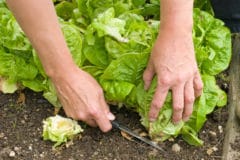Types of Lettuce
There are three general types of lettuce plants. Then there are varieties within those groups and even more cultivars of those varieties. For the most part, lettuce is distinguished into three growing types. Here’s how to choose which ones to grow indoors:
- Leaf Lettuces: Leaf lettuces or loose-leaf lettuces are excellent for indoor growing. They do not require any thinning and can be cut over and over again.
- Butter head: Butter heads include Boston and Bibb varieties. These can be spaced closer together and are good for growing indoors. Butter heads can also be harvested carefully allowing the plant to keep producing.
- Crisp head: Crisp head varieties like Iceberg and Romaine are not recommended for growing indoors. They have significantly higher space requirements and longer growing seasons.
Containers
Lettuce roots are pretty shallow and adaptable so just about any container will do. Choose something with at least a 4-inch depth, and fill it with an all-purpose organic potting soil. You can mix a handful of compost in if the mix doesn’t contain any. Water the pot to moisten the soil and sprinkle lettuce seed across the surface. Cover the seeds with ¼ inch of soil and keep the container moist.
In about a week seedlings will sprout and within four weeks you will be able to take the first harvest from your indoor lettuce plants. With the right harvesting techniques, you should continue to harvest leaves from those plants for a few months.
Hydroponics
A typical hydroponic setup involves a reservoir full of water, above which sits a table with netted pots. Each pot is filled with a sterile medium like rock wool or coco fiber. Your plant roots grow into the medium. The nutrients come from the reservoir which pumps water through the net pots on a timer.
There are advantages and disadvantages of growing hydroponically. One obstacle is that it requires some additional infrastructure to do when compared to most garden projects. It doesn’t have to be expensive, but it will take some time to set up and dial-in correctly. Some familiarity with technology is needed to learn how to manage the system.
Hydroponic systems usually require electricity, so if the power goes out your plants may die. On the other hand, growing lettuce hydroponically produces healthy, disease-free plants in a very short time. Harvesting is hassle-free, there’s no weeding to be done, and you conserve a lot of water.
